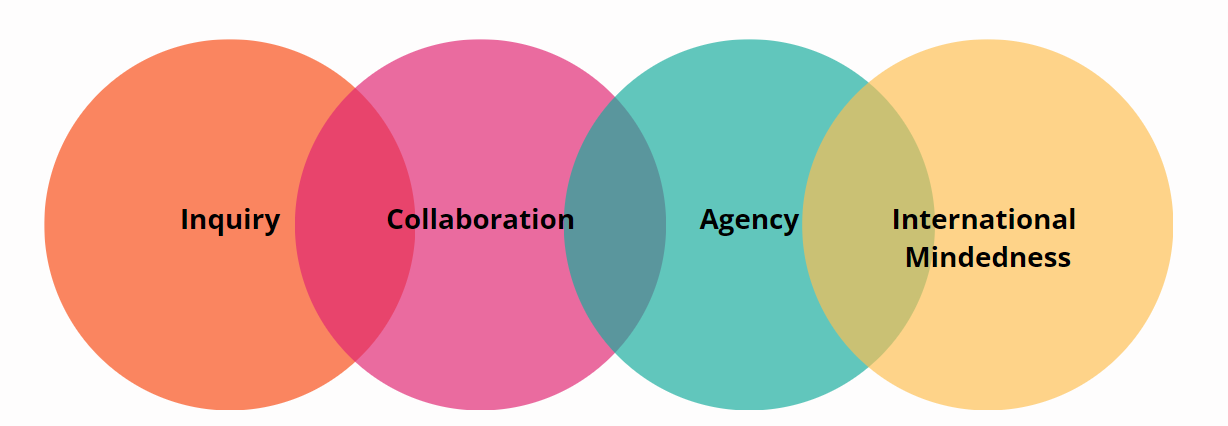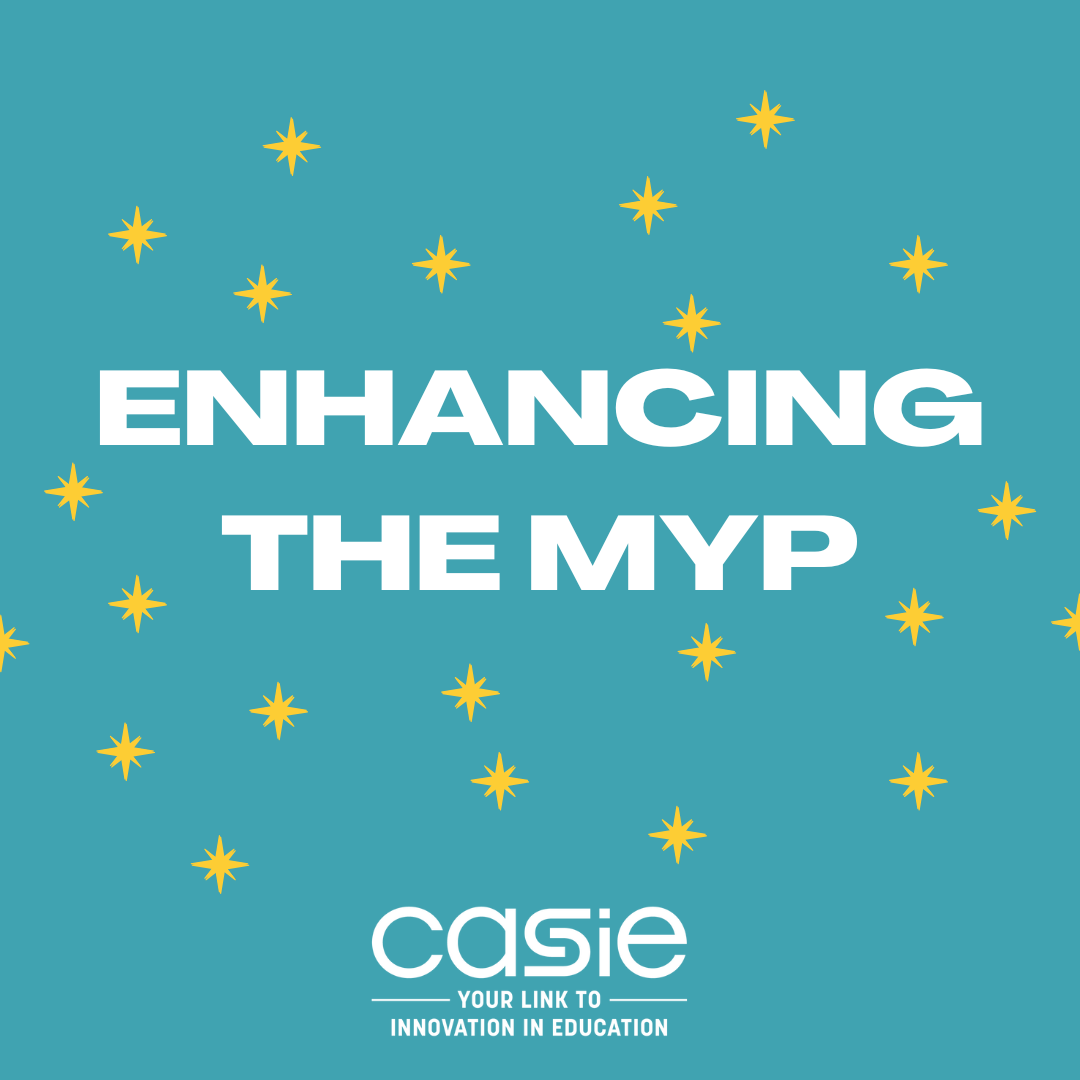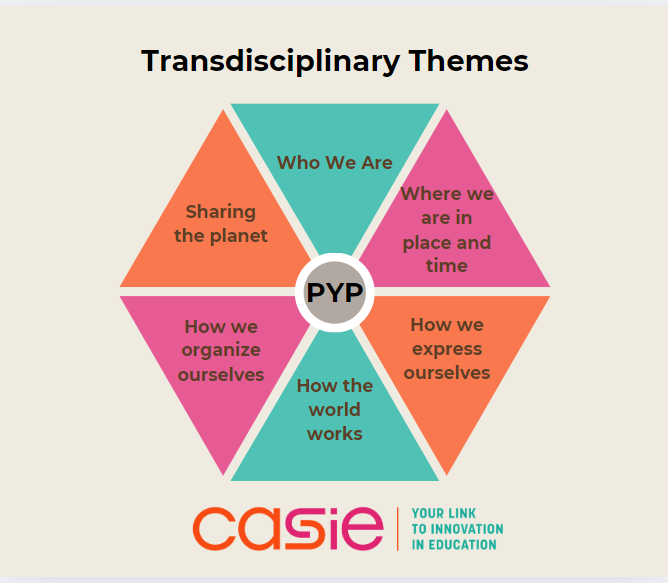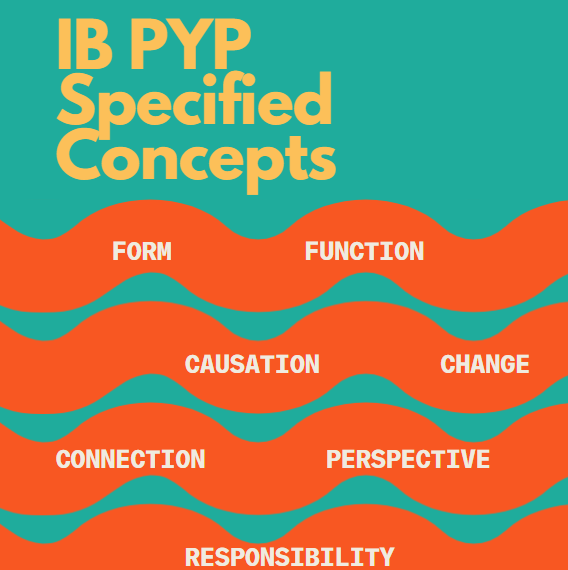
The IB program is a framework that goes beyond covering the curriculum. It provides a holistic approach to education by teaching students to inquire, collaborate, take agency for their learning and be internationally-minded leaders in our constantly changing and fast-paced world.
In this blog post, I’ll touch upon the key aspects of IB teaching, CASIE’s role in supporting IB educators, techniques you can use to enhance your IB teaching, some tips and tools to enhance student engagement with the learner profile, ideas on overcoming challenges and how to access CASIE’s tools, resources and workshops for additional support throughout your learning journey. Please scroll through the various sections!
Introduction to IB Teaching
The mission of the IB program focuses on developing inquiring, knowledgeable and caring young people who help to create a better and more peaceful world through education that builds intercultural understanding and respect for others. Some of the core principles and values of IB teaching are:
-
Inquiry-based learning
-
Critical thinking
-
Ethical understanding
-
Collaboration
-
Environmental awareness
These core principles and values guide the curriculum and teaching methods of the IB program. They help ensure students are prepared and equipped with the required skills to navigate and effectively contribute to the global landscape. To take a closer look at the learner profile, click here.
The Pillars of IB Teaching
The pillars of IB teaching are more about the practical implementation of the IB program, and provide structure to how teaching and learning are approached and how students are assessed. They help IB teachers work towards achieving the mission.
They are as follows:
-
International-mindedness: students understand and appreciate their own cultures and personal histories and they are open to the perspectives, values and traditions of others.
-
Holistic education: the focus is on students as a whole. The program aims to develop well-rounded individuals who have a range of interests and abilities.
-
Interdisciplinary teaching and learning: students are encouraged to make connections between subject areas and to understand these connections in real-world contexts.
-
Inquiry-based learning: emphasis is placed on developing students’ abilities to investigate, explore, question and be curious learners who seek knowledge.
-
Community service: through various components of the IB program, students are encouraged to be responsible community members and make a positive impact on others and the environment.
-
Continuous assessment: the IB program is committed to using a variety of methods to assess students throughout their learning journey.
These pillars are key components and make the IB program unique in its approach to education. They work together in order to help prepare students to be kind, caring, effective and globally-minded leaders of society. Read more on the principles of IB teaching here.
CASIE’s Role in IB Education
CASIE’s mission of promoting international education and helping to prepare students for a more competitive global economy corresponds with the mission and core values of the IB program. CASIE offers a wide variety of tools, resources and workshops to support IB teachers in their learning journey. CASIE also consults with schools around the world regarding international and multilingual education. CASIE believes in supporting the work of educators and ensuring all children have access to quality education.
Supporting the IB Community
As an IB educator, it is so helpful to have support from the IB community. CASIE’s programs, workshops and professional development opportunities are well tailored for IB educators! CASIE offers an IB Coordinator Lunch and Learn for Georgia school’s. If you live outside of Georgia, you can sign up for CASIE’s free IB Coordinators Chat, administrators are also welcome to join. CASIE offers a variety of face-to-face and online workshops which not only help to deepen your understanding of the IB program, but as an IB teacher or administrator you’ll also learn how to effectively implement key aspects of the IB program. Click here to explore options for CASIE’s workshops and events.
Techniques to Enhance IB Teaching
The adoption of modern and effective teaching techniques tailored to the IB curriculum is crucial for many reasons:
-
Enhances student engagement
-
Technology or other interactive methods, such as think-pair-share should be incorporated as they increase student engagement.
-
When students are engaged in their learning, they are often more motivated to learn which can lead to better outcomes.
-
-
Facilitates inquiry-based learning
-
Inquiry-based learning is a key aspect of the IB program and students are active participants in their learning.
-
Modern teaching techniques such as project-based learning and the use of digital tools support active learning as students are encouraged to explore and conduct research.
-
-
Supports differentiated learning
-
Modern teaching techniques such as flipped classrooms or Universal Design for Learning (UDL) allow for individualized learning experiences to help ensure all students have access to the curriculum in order to learn effectively.
-
-
Prepares students for the future
-
The IB program aims to prepare students to be successful in a rapidly changing world.
-
Modern teaching techniques that incorporate technology and critical thinking skills are important to help prepare students for the various challenges and opportunities they will encounter in the future.
-
-
Promotes international-mindedness
-
The use of technology and collaborative online tools allows students to connect with peers from around the world and engage in cross-cultural exchanges and projects.
-
This lines up directly with the goal of the IB to develop globally-minded students who are respectful and understanding of others.
-
-
Encourages continuous assessment
-
Similar to the IB program, modern teaching techniques include formative assessments and continuous feedback which allow teachers to monitor student progress and provide timely support as needed.
-
Implementing modern teaching techniques into the IB program will enhance the learning experiences of students and help ensure they are well equipped to be successful in our interconnected and evolving world.
Engaging the IB Learner
There are a number of innovative strategies and classroom techniques to engage IB students.
Here are a few to try:
-
Collaborative Learning: encourage teamwork by providing opportunities for collaboration. This can be through a short elbow-partner activity as part of a review, or a group work activity which spans over multiple lessons. Collaboration can also take place through online forums which connect with developing a global mindset.
-
Mindfulness and Reflection: to help enhance the social and emotional well-being of students, incorporate mindfulness activities and reflective practices into the classroom. Some ideas include a progressive muscle relaxation exercise; crazy 8 energizer activity and laughing yoga.
-
Service Learning: this is a hands-on approach where you connect classroom learning to community service projects. It promotes a sense of responsibility and contribution in students. Some ideas include, teaching digital skills to people with limited access to technology; setting up a tutoring or mentoring program where IB students support younger students in their school or community, or participating in local clean-up drives to raise awareness of environmental issues.
Incorporating the Learner Profile
The IB learner profile aims to help all members of the school community learn to be respectful of themselves, others and the world around them.
The learner profile attributes are:
-
Inquirers
-
Knowledgeable
-
Thinkers
-
Communicators
-
Principled
-
Open-minded
-
Caring
-
Risk-takers
-
Balanced
-
Reflective
Here are some tips on how you can incorporate the learner profile into everyday teaching:
-
Use picture books, novels or songs in which the learner profile is depicted in the characters.
-
Students and teachers can share when they see others demonstrating a learner profile attribute. One way this can be done is through the use of a template, such as this one – We See IB (English & French) or this one – We See IB (English)
Addressing Challenges in IB Teaching
Some common challenges faced by IB teachers include:
-
Collaboration Time: as the IB program is interdisciplinary in nature it’s important for teachers from various subject areas to work together, however, at times, it can be challenging to coordinate schedules. Remember to seek the help of your IB Coordinator and administrators whenever possible for assistance with this. It is imperative to work together to plan units as this enhances the learning experiences for students.
-
Technology Integration: as mentioned above, modern teaching techniques involve the use of technology integration, however, this can be a challenge if access to resources and training is limited. It’s helpful when classes share resources to ensure all students have some access to resources, and many schools are making this an area of priority when allocating budget.
-
Professional Development: staying up to date with IB standards and practices requires ongoing professional development. Teachers are often proactive in seeking out training opportunities but this can be challenging due to time constraints or limited resources. Remember to explore CASIE’s professional development opportunities as there are various options to choose from. Speaking with your administrator at the beginning of the school year is also helpful as they can plan budget allocations accordingly.
The important aspect to focus on when you are faced with a challenge is to remember that you are on a journey of continuous learning and you are not alone! Remember to seek support through your colleagues, administrators, the IB community and a professional educational organization like CASIE.
Overcoming Classroom Hurdles
As an IB teacher, you may face some classroom hurdles. Here are some common hurdles and ways to overcome them:
-
Assessment Strategies:
-
Collaborate with colleagues to create rubrics and summative tasks.
-
Use a variety of formative and summative approaches to help reduce workload.
-
-
Differentiation in Teaching:
-
Use a variety of teaching strategies, such as auditory, visual and kinesthetic.
-
Create and implement individualized learning plans as needed.
-
Offer choice in assignments.
-
-
Supporting Student Well-being:
-
Schools can implement support systems such as counselling or stress management workshops for students.
-
Teachers can incorporate mindfulness exercises as noted in the Engaging the IB Learner section.
-
Teachers can have regular check-ins with students to help monitor their well-being.
-
-
Balancing the Curriculum:
-
Use integrated lesson plans that connect various subject areas to make the learning more cohesive and manageable.
-
Interdisciplinary units can be created as they help students see the relevance of real-world scenarios.
-
The Continuous Learning Journey
Continuous learning is about growing, adapting and thriving in our ever-changing world. It is not just about learning new information. It’s important to enjoy your journey as an IB teacher, to seek support as needed and to continue to engage in professional development opportunities that are of interest to you.
Engaging with CASIE for IB Teaching Excellence
I hope this post has given you a better understanding of the key aspects of IB teaching and that you have a few new ideas to try out in your classroom, including the learner profile attributes, enhancing student engagement, differentiating teaching and supporting student well-being.
You are on an exciting IB journey and there are a number of supports available to you along the way. I encourage you to participate in CASIE’s events, workshops and online platforms throughout your journey. Being part of the IB Community is incredibly beneficial, as their mission is to support the worldwide IB teaching community, and the resources provided by CASIE can significantly enhance your IB teaching experience.
Please leave a comment, ask a question or share your experience as an IB teacher. I would love to hear from you!








